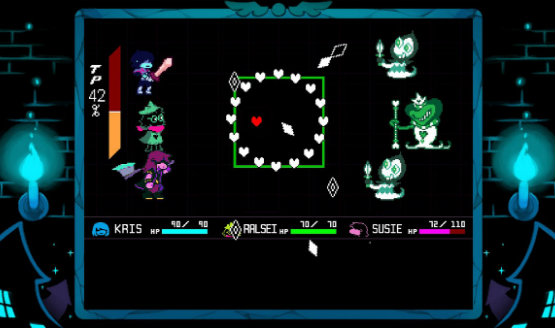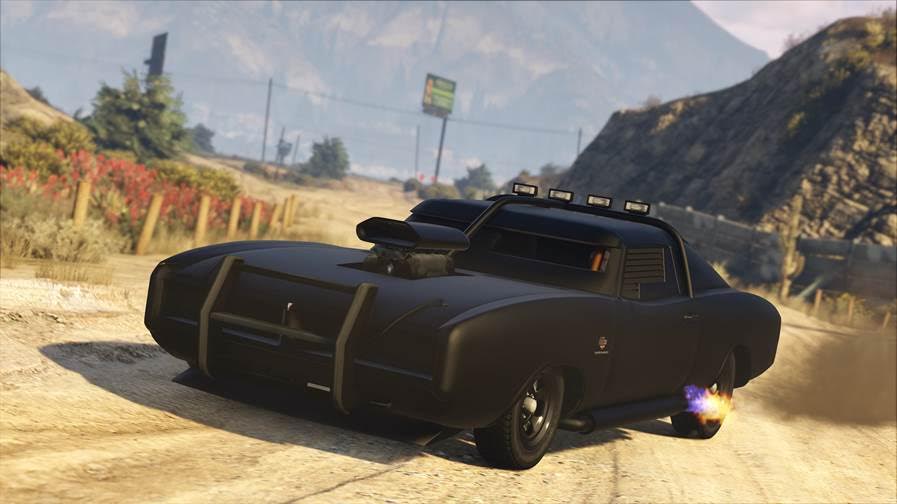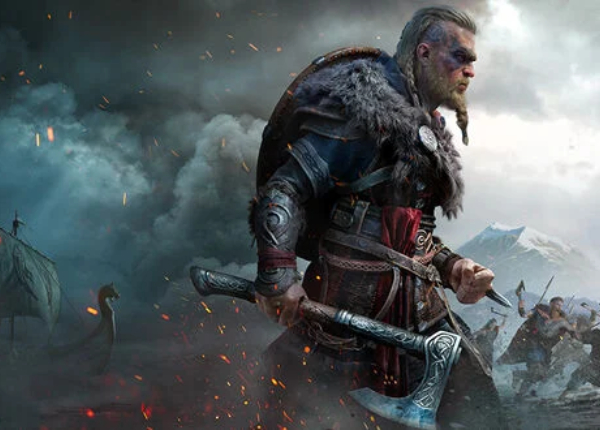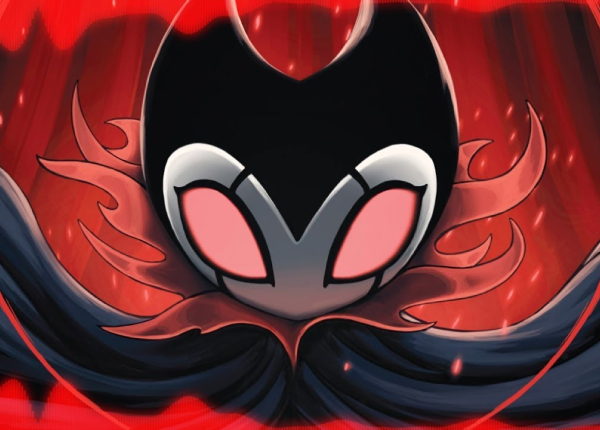Dragon Ball Super: Broly: what a giant box office means for Dragon Ball
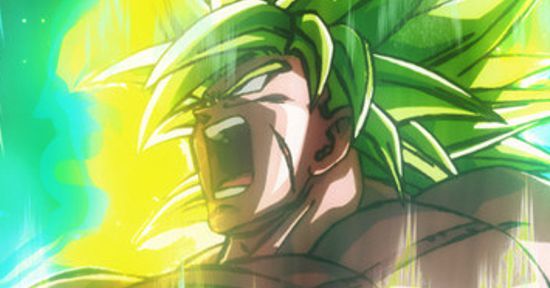
One of the more bemusing box office successes of 2019 is Dragon Ball Super: Broly. The 20th Dragon Ball film and the first to tie into the recently ended Dragon Ball Super anime, the film was the highest-grossing movie in America the day it opened and eventually racked up over $30 million at the U.S. box office. That’s an impressive feat, and a long time coming.
Given that us Millennials are now in the prime of life as far as advertisers are concerned, and that the majority of them grew up watching anime — either on TV or fansubbed online — this sort of thing is a long time coming. And it’s a great moment. But to better enjoy the triumph, it’s worth reflecting on the long road it took to get here.
How Dragon Ball came back
Dragon Ball’s life in the West — specifically, America — is an odd one. For one thing, the series wasn’t even shopped around to American broadcasters until after the manga and Dragon Ball Z had already concluded to Japan (finished shows being easier to sell to foreign markets). And it took multiple tries to catch on: a 1989 dub of the original Dragon Ball anime by Robotech creators Harmony Gold and a 1995 Canadian-produced version by Funimation both failed to find audiences. Cartoon Network, for all the success Dragon Ball Z bought it, was the series’ third broadcaster, with previous attempts on syndication and UPN (yes, UPN) falling flat.
But once the franchise stuck, it stuck hard. Dragon Ball Z exploded in popularity once it began airing on Toonami in 1998, while DVD box sets (which you’ll still find) lined Best Buys, Targets and box stores around North America. A merchandise craze amplified the Western fandom vortex; funk/R&B weirdo Thundercat’s 2017 song “Tokyo” is all about how a Goku slap bracelet picked up at the dentist turned him into an otaku (and finishes with the immortal line, “Goku fucking ruined me”). Some people are still holding on to the Krillin figures they got from an early-2000s Burger King Kids’ Club promotion. (And by some people, I mean me.)
Dragon Ball and Dragon Ball GT, an anime-original sequel that had minimal involvement from franchise creator Akira Toriyama, were released and dubbed as well, but it was Dragon Ball Z specifically that cemented Goku, Gohan, Vegeta, Piccolo and the rest in the wider global consciousness. The series, and its later HD-remastered and recut form, Dragon Ball Z Kai, have been a staple of cable (and occasionally broadcast) programming ever since, with Kai currently airing on Adult Swim and the Saturday night Toonami block in the United States.
That constant TV presence alongside the various anime films, the manga (published in the US by Viz which, once the Raditz Saga began, renumbered and retitled it as Dragon Ball Z to avoid confusing kids), the merch, a near-yearly stream of tie-in video games and a constant, passionate Internet fandom (that ranged in everything from fan art to Team FourStar’s glorious Dragon Ball Z Abridged YouTube series to just…so many AMVs), made Goku and company into pop culture icons in the West as much as Japan.
There were threats to the momentum as fandom subsisted on a finite body of material. A near-lethal blow came in the form of 2009’s live-action Dragonball: Evolution, which dropped a white Goku into high school while stranding poor James Marsters under layers of makeup to play Piccolo. Apart from that and the occasional new game, the story of Goku and friends was stagnant. Then came the Battle of Gods.
In 2012, Toei Animation (keepers of the Dragon Ball anime flame) took to Weekly Shonen Jump to announce the franchise’s first feature film in over a decade. Even more surprising than that was that Toriyama himself was, for the first time, deeply involved, writing the story and collaborating on the screenplay. (He’d done some character design work for previous films but had largely stepped back on the anime.)
Released in 2013, Battle of Gods was a love letter to fans and introduced two more in the franchise’s long line of rivals-turned-friends: Beerus (voiced in English by Jason Douglas), the feared, all-powerful God of Destruction and his enigmatic handler/attendant Whis (Ian Sinclair). The film made them a credible threat and gave Goku (Sean Schemmel) a new level to strive for and attain, backing it up with spectacular animation, even as it sagged a little bit under the weight of its own runtime. The box office success of Gods and its tighter 2015 follow-up Resurrection ‘F’ (which brought back the series’ best villain, Frieza, back from the dead) encouraged Toei to take the next step in fully bringing Dragon Ball into the 21st century.
:no_upscale()/cdn.vox-cdn.com/uploads/chorus_asset/file/11717015/Screen_Shot_2018_07_19_at_6.37.35_PM.png)
Funimation
A Super success
From Summer 2015 to Spring 2018, Toei produced and released Dragon Ball Super, a new TV anime that wasn’t a sequel like GT, but rather an interquel, taking place in the 10-year gap between the penultimate and final episodes of Dragon Ball Z.
Unlike GT, Toriyama was directly involved this time around, writing plot outlines (used for both the show and its tie-in manga drawn by his chosen successor Toyotaro) and designing most of the new characters. However, he was also responsible for what’s easily the most polarizing creative decision in Super: adapting Gods and ‘F’ into the first 27 episodes of the show. Qualms with the animation didn’t help either.
TV anime production is notoriously stressful. From animators working long hours for low wages to production occurring at a breakneck pace (with some shows finished hours before they’re set to air), it’s a high pressure environment. Not only that, even with the rise of legal simulcasting, it’s become common knowledge among anime fans that the Japanese broadcasts are really a commercial for their later DVD/Blu-ray releases, in which studios fix the animation (hence non-Japanese networks like Adult Swim delaying broadcasts of dubs for shows like Attack on Titan or Dragon Ball Super in order to make use of the corrected footage).
Even with that context, the broadcast of Super’s fifth episode was riddled with poor animation and bizarre errors, leading it to become mocked around the world. Super also suffered from a bizarre international rollout that saw the series air in Portugal and Latin America (where, admittedly, Dragon Ball has an even bigger fanbase than in the United States) before inking deals with Crunchyroll and Funimation. American fans ended up waiting until 2017 for dubs of the show.
But like the show’s fighters, Super eventually came out on top. It doubled down on the “storytelling through fighting” hallmarks of shonen anime, and brought fan favorites like Future Trunks back for new arcs. The fervor over Super reached such a high that, in North America, Adult Swim now airs the series twice on Saturdays — once as the first show on its schedule, the second kicking off the Saturday night Toonami block. The excitement even spilled into the real world; in Mexico, crowds stood in city squares to cheer on Goku during the show’s finale.
Riding the high of Dragon Ball Super, Toei initiated plans for a new movie, bringing Toriyama back to write the screenplay. They even brought back a fan favorite for him to flesh out: the legendary super saiyan himself, Broly.
Introduced in 1993’s DBZ feature Broly: The Legendary Super Saiyan, and returning in two sequels released the following year, Broly (voiced by Vic Mignogna) was the typical anime movie villain. Introduced out of nowhere, given minimal character development, then elevated into “the biggest threat ever” just in time for a no-holds-barred fight with our heroes.
As we’ve previously written about, what Toriyama, director Tatsuya Nagamine (returning from the Super TV show), animation director Naohiro Shintani, art director Kazuo Ogura and their wider team at Toei correct first in DBS: Broly is Broly’s lack of character depth.
At the movie’s beginning, Frieza Force soldiers Cheelai (Erica Lindbeck) and Lemo (Bruce Carey) figure out after rescuing Broly and his abusive father Paragus (Daemon Clarke) from the hellscape planet they’ve been on. They quickly learn for all his intimidating appearance and terrifying strength, Broly is actually a well-mannered but sheltered dude. He doesn’t know what water is and even tried making friends with one of said horrible planet’s giant, fuzzy worms (it, uh, didn’t end well). But Paragus only sees his son as a weapon and has no consideration for him as a person, berating him simply for talking and abusing him with a shock collar if he acts out. This new dynamic is almost definitely hard to watch for some viewers, as Broly’s visibly struggling to voice his own feelings at the abuse he receives while still clearly loving and respecting his dad.
That sort of nuanced shading is something very few antagonists get in your typical shonen anime film, especially in a franchise known for trotting out one-not villains in a film and then shelving them forever. And that’s emblematic of how this film pushes the envelope.
What Broly’s success means for Dragon Ball
While DBS: Broly made history in the States (as of publication, it’s the eighth highest-grossing movie of the year), it also did astonishingly well around the world as well. In Japan, where it premiered last December, it sold over 1 million tickets and earned over 1.3 billion yen (around $11.6 million) in just six days. In Brazil and Malaysia, it broke records for anime film releases. Deadline Hollywood reported that its total grosses in wider Latin America were Fox’s biggest release ever (as in, bigger than all of Star Wars).
The reason seems clear: Dragon Ball Super: Broly overperformed thanks to a one-two punch of nostalgia combined with a newly gathered and invigorated audience. There may never have been a better to release a new Dragon Ball film. But how will Toriyama and Toei follow it up?
The movie offers ways forward. Frieza (Chris Ayres) survives the film, having shifted in supervillain terms from the Kingpin to the Joker: a dangerous threat, but someone ultimately acting out of self-interest more than pure hatred. Broly also survives, thanks to a last-minute wish to Shenron from Cheelai that sees him teleported back to the hellscape of his youth, with Lemo and Cheelai ditching the Frieza Force to look out for him and repair his mind. The film’s coda even sees Goku (Sean Schemmel) bringing them supplies and openly hoping for Broly to stay alive because he eventually wants to fight him again.
Thus, while Toei hasn’t officially announced a sequel, Broly has room to grow as a person on-screen. And, naturally, he’ll fight Goku again — the backbone of a series that still has punch.
[ad_2]
Source link

